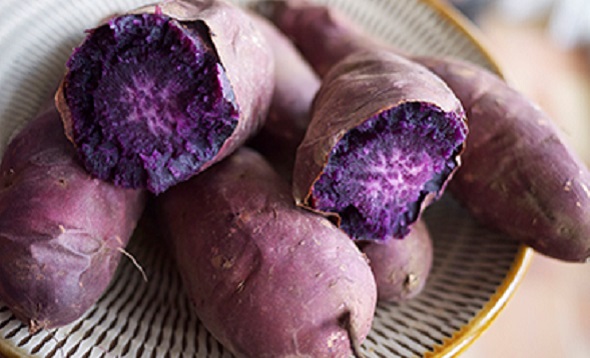

I somewhat blame going to college at a university where attending the football game was more of a social event and included dressing up in heels and pearls with my sorority sisters. I’ll be honest: I’m not much of a football fan. angustifurcatum Lechn.Well, football season is officially upon us. Īt least seven languages-Afrikaans, Dutch, French, (West) Frisian, Hebrew, Persian and some variants of German-are known to use a term for "potato" that translates roughly (or literally) into English as "earth apple" or "ground apple". other pre-20th century acronymic origins, this is false, and there is no evidence that a Society for the Prevention of Unwholesome Diet ever existed. The initials of the main words in this title gave rise to spud." Like many. Some Englishmen who did not fancy potatoes formed a Society for the Prevention of Unwholesome Diet. Pei wrote "the potato, for its part, was in disrepute some centuries ago. It was Mario Pei's 1949 The Story of Language that can be blamed for the word's false origin. The origin of the word spud has erroneously been attributed to an 18th-century activist group dedicated to keeping the potato out of Britain, calling itself the Society for the Prevention of Unwholesome Diet. Around 1845, the name transferred to the tuber itself, the first record of this usage being in New Zealand English.

It subsequently transferred over to a variety of digging tools. 1440) used as a term for a short knife or dagger, probably related to the Latin spad- a word root meaning "sword" compare Spanish espada, English "spade", and spadroon. The word has an unknown origin and was originally ( c. The name spud for a potato comes from the digging of soil (or a hole) prior to the planting of potatoes. Potatoes are occasionally referred to as Irish potatoes or white potatoes in the United States, to distinguish them from sweet potatoes. In many of the chronicles detailing agriculture and plants, no distinction is made between the two. The 16th-century English herbalist John Gerard referred to sweet potatoes as common potatoes, and used the terms bastard potatoes and Virginia potatoes for the species we now call potato. The name originally referred to the sweet potato although the two plants are not closely related. The Royal Spanish Academy says the Spanish word is a hybrid of the Taíno batata (' sweet potato') and the Quechua papa ('potato'). The English word potato comes from Spanish patata (the name used in Spain). For other uses, see Spud (disambiguation). Normal potato tubers that have been grown and stored properly produce glycoalkaloids in amounts small enough to be negligible to human health, but, if green sections of the plant (namely sprouts and skins) are exposed to light, the tuber can accumulate a high enough concentration of glycoalkaloids to affect human health. Like the tomato, the potato is a nightshade in the genus Solanum, and the vegetative and fruiting parts of the potato contain the toxin solanine which is dangerous for human consumption. It remains an essential crop in Europe, especially Northern and Eastern Europe, where per capita production is still the highest in the world, while the most rapid expansion in production over the past few decades has occurred in southern and eastern Asia, with China and India leading the world in overall production as of 2018. The importance of the potato as a food source and culinary ingredient varies by region and is still changing. Over 99% of potatoes presently cultivated worldwide descended from varieties that originated in the lowlands of south-central Chile. Following millennia of selective breeding, there are now over 5,000 different types of potatoes. As of 2014, potatoes were the world's fourth-largest food crop after maize (corn), wheat, and rice. Today they are a staple food in many parts of the world and an integral part of much of the world's food supply. Potatoes were introduced to Europe from the Americas in the second half of the 16th century by the Spanish. In the Andes region of South America, where the species is indigenous, some close relatives of the potato are cultivated. Potatoes were domesticated there approximately 7,000–10,000 years ago, from a species in the Solanum brevicaule complex. The potato was originally believed to have been domesticated by Native Americans independently in multiple locations, but later genetic studies traced a single origin, in the area of present-day southern Peru and extreme northwestern Bolivia. Wild potato species can be found from the southern United States to southern Chile. The plant is a perennial in the nightshade family Solanaceae. The potato is a starchy tuber of the plant Solanum tuberosum and is a root vegetable native to the Americas.


 0 kommentar(er)
0 kommentar(er)
